Aviation
These Are The Top 20 Airlines With The Best Cabin Crew, 2019

Singapore Airlines is voted the World’s Best Cabin Crew 2019 by air travellers, with Garuda Indonesia in second place, and ANA All Nippon Airways in third place.
Indonesian’s national carrier Garuda Indonesia came in the second position, as per Skytrax. Japan’s ANA All Nippon Airways – came in third spot. In disturbing news for Europe, no European carrier included in the main 10 for the World’s Best Airline Cabin Crew 2019.
British Airways and Lufthansa were no place to be found in the main ten be that as it may, maybe more shockingly, nor was any American carrier. Three European carriers prominent with air explorers featured in the best 20 rundown for 2019, however. Austrian Airlines came in 12th place, British Airways in 13th and Lufthansa in 16th.
Below is the full list of the top 20 airlines based on cabin crew:
- Singapore Airlines
- Garuda Indonesia
- ANA All Nippon Airlines
- Thai Airways
- EVA Airways
- Cathay Pacific
- Hainan Airlines
- Japan Airlines
- Qatar Airways
- China Airlines
- Philippine Airlines
- Austrian Airlines
- British Airways
- Asiana Airlines
- Bangkok Airways
- Lufthansa
- Flynas
- AirAsia
- Emirates
- Fiji Airways

Aviation
Russia may not produce more Su-57s, and production is now gradually being stopped for this reason
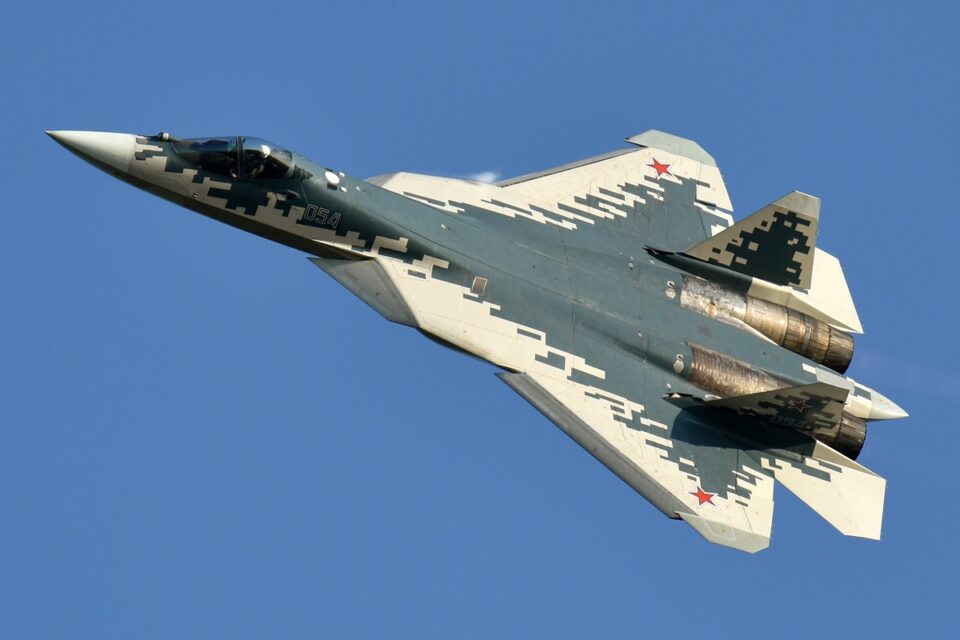
In a significant setback for Russia’s military ambitions, the country has suspended production of its advanced Su-57 Felon fighter jets.
This decision primarily stems from the impact of Western sanctions, which have severely restricted access to essential components needed for the aircraft’s production, as reported by The Telegraph.
Analysts from the Ukrainian research group Frontelligence Insight have emphasized the heavy reliance of Russia’s military industry on Western technology, particularly in electronics. They noted that sanctions have throttled the supply of critical hardware, jeopardizing the Su-57’s production.
Frontelligence Insight conducted an analysis of Russian documents, identifying key bottlenecks in the production process. Among these were the WA36 attenuator—an electronic device crucial for signal calibration—and various power supplies.
These components are integral to the MPPU-50, a German device essential for calibrating the Su-57’s communication system. The lack of these critical parts has forced Russian military leaders to reassess their plans for modernizing their air fleet.
As a result of these production challenges, the Russian military is considering shifting its focus to more economical fighter jets, such as the MiG-35. The potential revival of production for older aircraft models, despite their simplicity, may represent a symbolic victory for Russia’s adversaries.
The Su-57 program was originally intended to bring Russia’s capabilities in line with those of the U.S. Air Force. However, the situation is increasingly dire; by the time Russia fulfills its initial order of Su-57 jets, the U.S. Air Force is already advancing plans for a new stealth fighter to succeed the F-22.
First taking flight in 2010, the Su-57 has faced a tumultuous path. Over the past decade, Sukhoi has painstakingly hand-built ten test models. In 2019, the Kremlin signed a contract for 76 serial production jets at an estimated cost of $50 million each.
To date, Sukhoi has delivered the first ten serial models to the Russian Air Force in 2022, followed by eleven more in 2023, with only a few additional jets delivered in 2024.
Compounding the situation, Russia’s air force has already suffered losses, with two Su-57s—one test model and one serial production model—crashing in separate incidents. Additionally, a strike on the Akhtubinsk airfield in June destroyed at least one Su-57, further straining the program.
As the suspension of Su-57 production unfolds, the future of Russia’s military aviation capabilities remains uncertain, with the nation grappling with the repercussions of ongoing sanctions and the pressing need for modernization.
-

 Aviation1 month ago
Aviation1 month agoNew EU Carry-On Rules Begin September 2024: What to Expect
-
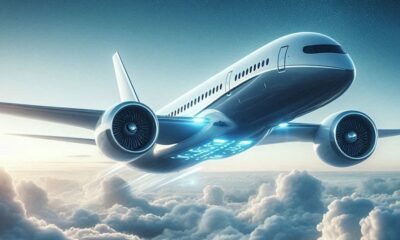
 Aviation4 weeks ago
Aviation4 weeks agoBoeing confirms 797: A New Era for Mid-Size Aircraft
-
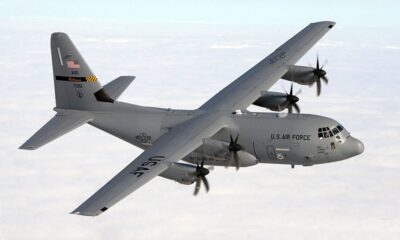
 Aviation4 weeks ago
Aviation4 weeks agoLockheed and Tata Team Up to Build C-130J MRO Facility in India
-
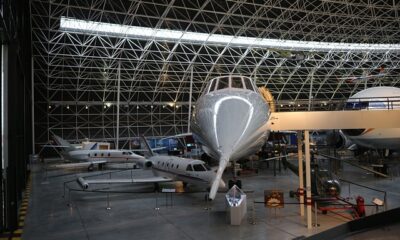
 Tech1 month ago
Tech1 month agoChina Developing Jet to Travel Anywhere in Two Hours
-

 Aviation2 weeks ago
Aviation2 weeks agoMicrosoft Flight Simulator Raises $3 Million to Bring Back the An-225 Mriya
-
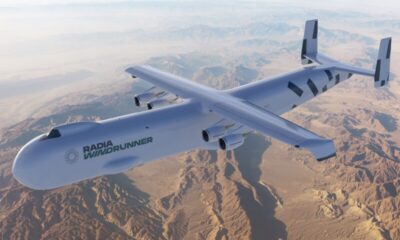
 Aviation2 months ago
Aviation2 months agoMeet WindRunner: The World’s Heaviest and Largest Aircraft Ever Built
-

 Aviation2 months ago
Aviation2 months agoComac C919 Moves Closer to Securing EU Certification with EASA
-
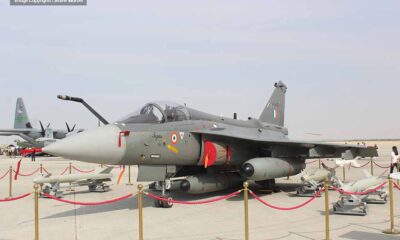
 Aviation2 months ago
Aviation2 months agoIs HAL Planning to Fit the Rafale’s M-88 Engine into Tejas?








